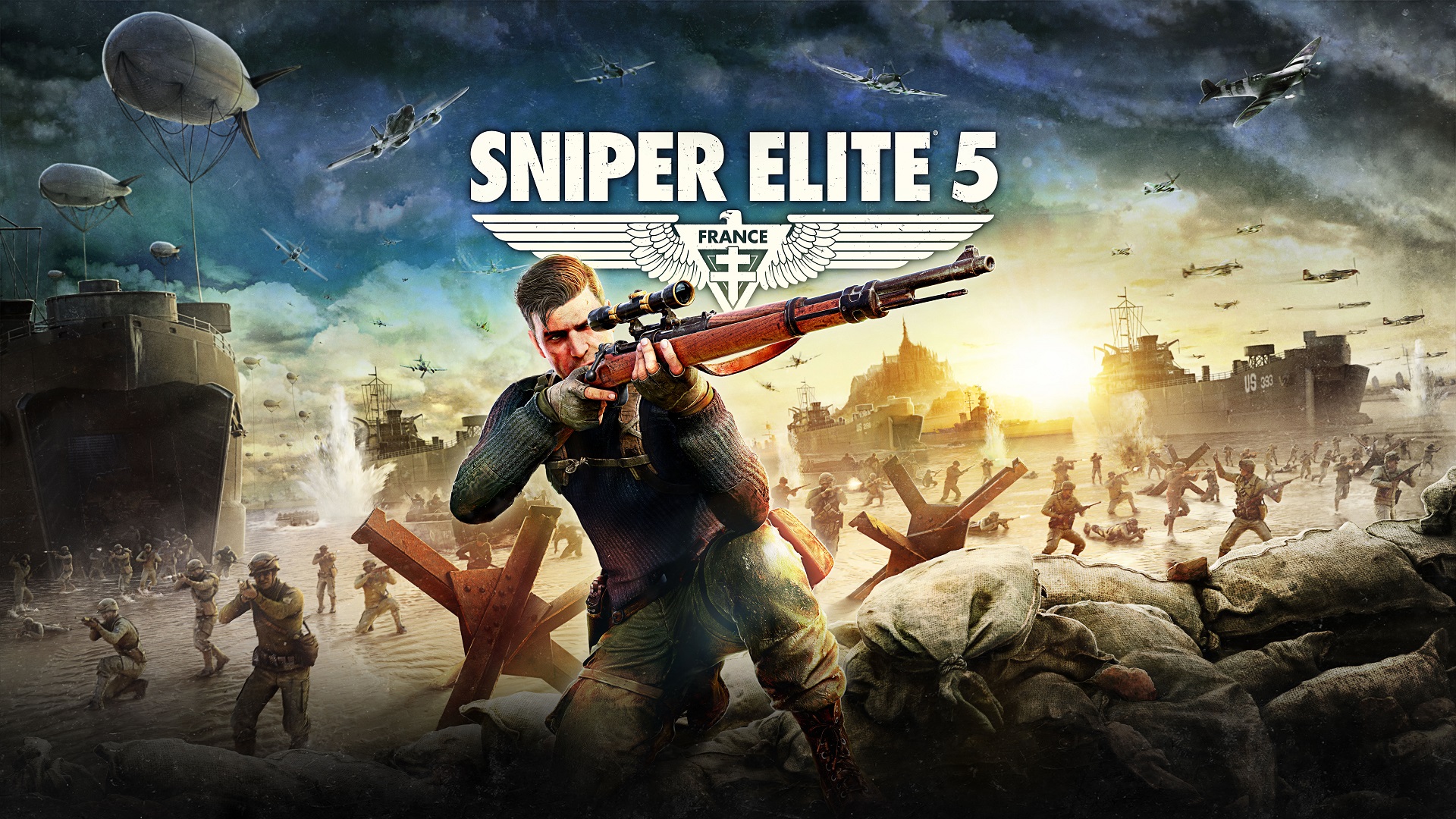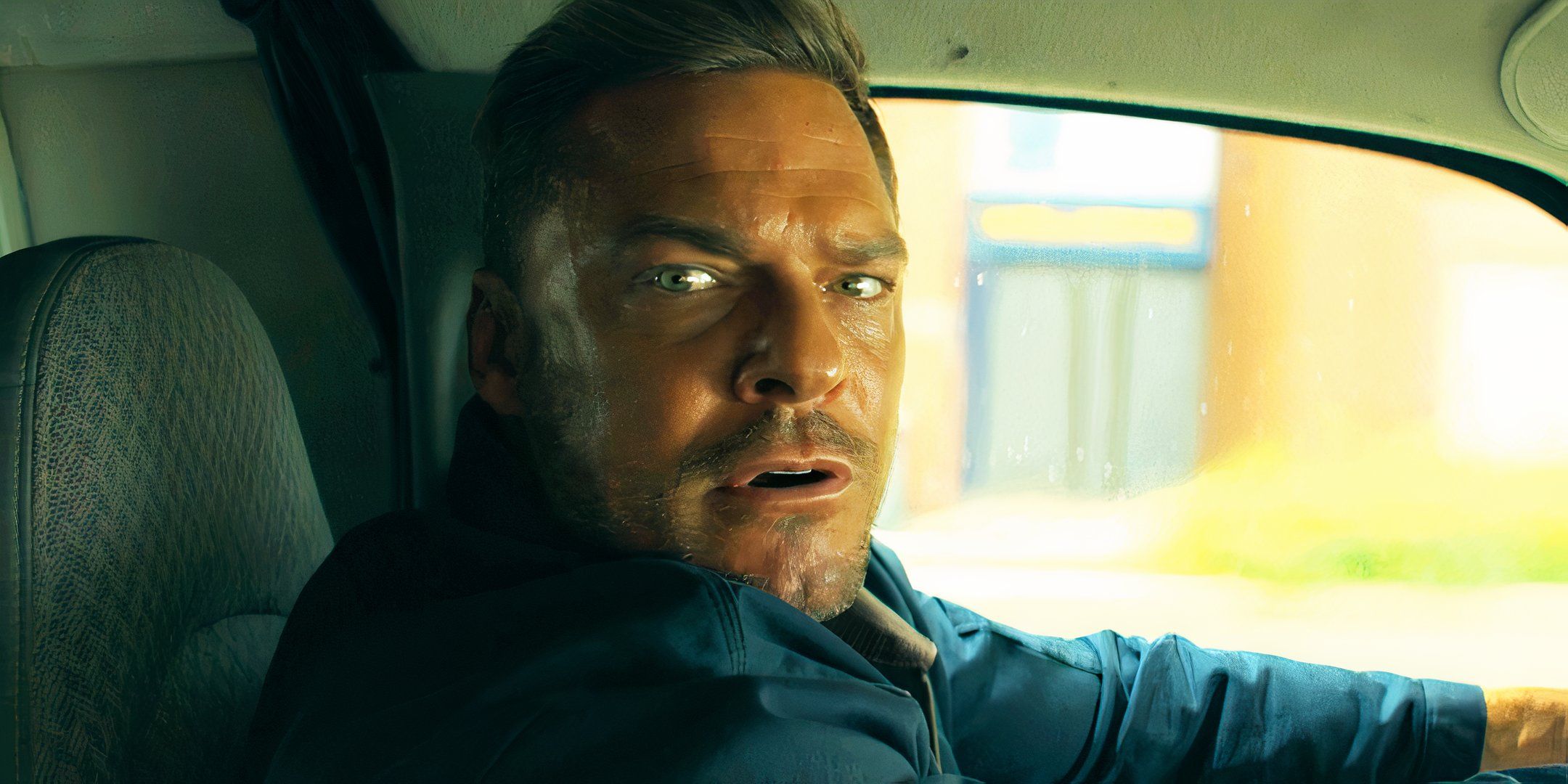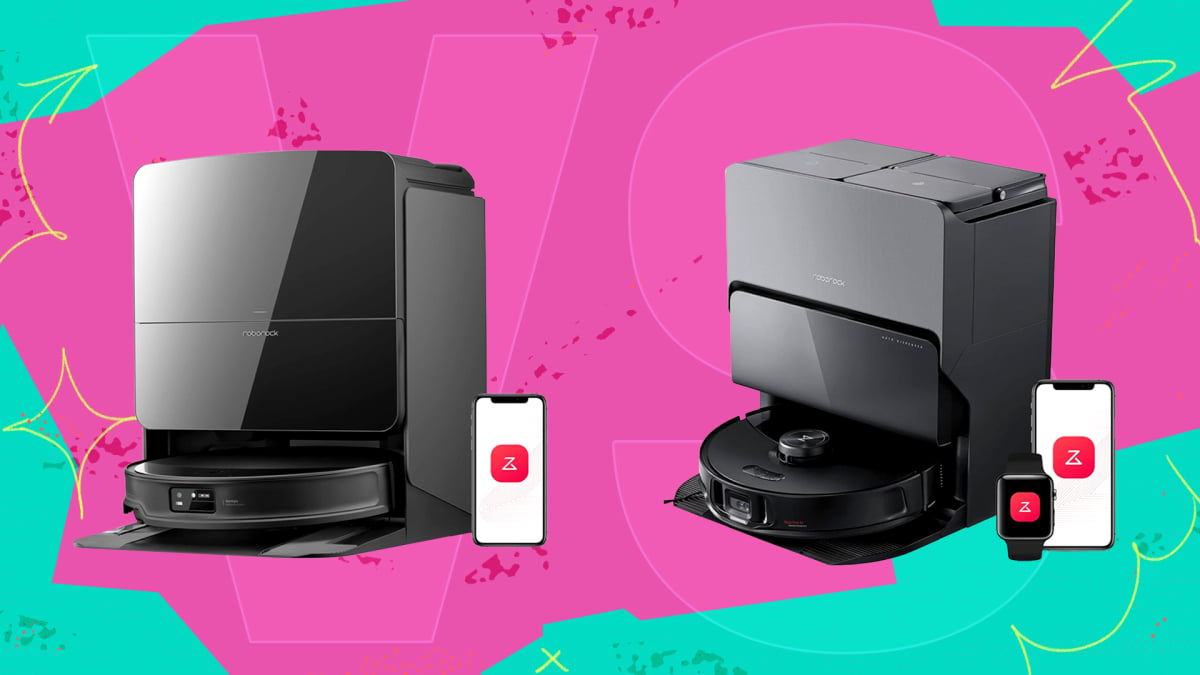After the recent release of Sniper Elite 5, we had the opportunity to interview Cari Watterton, Senior Accessibility Designer at Rebellion. We talked about her way into game development, her new as Accessibility Designer, the way Rebellion has implemented accessibility in their latest release Sniper Elite 5 and more.

Thank you for taking this time to talk with us. Could you please tell us a bit about yourself as introduction to our readers?
Cari: Absolutely. So I recently did a thread on Twitter about my journey into accessibility. It started because I was homeschooled (or home educated). And the kind of group that I was surrounded by was very diverse, there were a lot of people there that had various impairments that would make it difficult for them at school, and so their parents had decided to school them at home. I was kind of always was brought up with this idea of inclusivity, and everyone having fair chances. So it was very much part of just my ethos growing up. And then when I went to school, I kind of experienced these barriers myself, sort of seeing how exclusionary places can be, especially places like schools. And that’s where I kind of found my first call for inclusivity was in education. Specifically, for me, it was about the way that things were being taught. So it was about communicating the information to people in different ways, because some people wouldn’t be very engaged because it was presented in like a textbook format; maybe they had reading difficulties or maybe it just wasn’t all that engaging. I’m not engaged by textbooks at all, I am a visual learner, I need colors and shapes for everything to kind of make sense in my mind.
And then when I went into games, I went down the road of UX (User Experience). And this was really an opportunity for me to kind of consider all users, you know, it was not just the typical user, it was all users. Then so when I actually went to start working on a game, in a professional setting, I took on the role of looking at accessibility as well. I had an amazing mentorship with Robert McDonald from Splash Damage, who’s head of UI and accessibility, and he really guided me into getting started with it properly, because beforehand, I’d been nervous that I was going to mess it up. For me, I consider myself to be able bodied, but I didn’t want to try and do things and do it wrong and upset or offend people. And so, the mentorship was really the right push for me to help my confidence in being able to actually enact changes in the game to make it more inclusive. And it was just incredibly rewarding. It was great. Now, I’ve taken this job at Rebellion which is just all about accessibility. It’s really rewarding to be doing something which is meaning that the games that are being made can be played by so many more people. It’s just incredibly fulfilling as a job.
Sounds like instead of choosing a career path and then getting into accessibility, for you it was the opposite, a more organic process coming from your inclusivity background.
Cari: It just… it made sense. Like I’ve had a couple of moments in my life where I’ve just gone “this is what makes sense to me”. Going into games was one of them. I was actually geared up to go into acting. And then by some circumstance, I was at a university and someone said to me, “do you want to draw things on a computer?” And I went, oh, my God, everything that I’ve done in my life makes sense. I’d always been making magazines and things and doing all these kind of graphic designs things not realizing it was an actual job that you could do. The visuals were something that appealed to me, the kind of the psychology of users interacting with things, and also just making something that’s intuitive really, really appealed to me. And I focused on it in my university course as well, just making accessible interfaces, which was quite a lot of fun. That was kind of my deep first deep dive into accessibility looking at like different sensory channels. It was very much that inclusivity was first and game design was just something that I found myself in and then found a way to kind of merge the two together, which was really cool.
Now that you mention it, let’s talk about your role in Rebellion. What does an Accessibility Designer do, exactly?
Cari: So this is interesting. I’ve come into the role, and it’s the first Accessibility Designer role that they’ve had, so I’ve had the freedom to kind of shape it into what I want it to be, which is really nice. I have kind of ended up splitting up into three sort of things.
There’s the advocacy and engagement side, which is all about engaging with the community, like we have an accessibility Discord channel now for Rebellion games, where people can come and say, “These are the barriers that I’m facing” and then I can add things to a little list. And then also just doing things like participating in GAConf and doing other talks. So that side is one part of the job.
Another side is education. This is for myself and everybody else in the company and it’s all about learning and developing. So finding out how I can help people to learn more about accessibility, looking at running workshops with people for Inclusive Design, and how they can consider more things during the development pipeline. But also taking time for myself to continue learning because accessibility is a journey and there’s so many new things that are coming out as well that like it’s not just going to be this is going to be the same checklist forever. So, what are the advances in tech? What’s the new hardware that’s coming out that’s helpful for people? What are the new kinds of things that we can do in games?
And then the third part of my job is the design part. So that’s about evaluating the projects that we have on the go, looking at the games that we have released, identifying barriers and designing or suggesting solutions. And kind of looking at exactly that. What mechanics or features are here? What are the potential barriers? How could this be alleviated? Is it something that we can add in inherently, like designing with color blindness in mind, or is it something that is part of a setting that people can customize if it’s something that they need? So yeah: advocacy and engagement, education, and then design. That’s what I do. It’s a long list of stuff.
It is, certainly. As you previously said, Accessibility is always a team effort. How does that work at Rebellion?
Cari: So we’ve chatted a little bit about what I do at Rebellion but the team really have done a fabulous job already with everything that they’ve done. And I’m here to kind of take it to the next level and kind of be that person that’s dedicated thinking about accessibility and looking at what’s new and what we can do. I don’t code, I don’t do any of the art, I don’t do any of the implementation. What I do is say, these are the potential issues, these are ways that we can fix them. Then it’s all on the team to kind of take those and implement them, and it’s been really fantastic. Everybody’s been really enthusiastic about making more inclusive games. I mean, obviously they are because that’s why I’m here and I have a job (laughs), which is great! But also, over the past couple months, whilst I’ve been working here, I’ve been working on getting that open dialogue and having people be able to come to me with questions. That’s something that I’m getting more and more now as it’s kind of going on. People are coming to me with questions saying, “I’m designing this bit here. This is the kind of inspiration behind it. I’ve considered this and this, is there anything else that I haven’t considered?” And it’s really, really great just to see that there are people that are interested in getting an accessibility perspective, especially that early on when it’s just an idea stage. So even though I’m here, and I’m kind of spearheading accessibility in terms of a job title, it’s thanks to all of the work that everybody does, that actually means we have these features, and we have inclusive design.
Let’s talk a bit about the latest title from the studio, Sniper Elite 5, which has a good suite of accessibility options. The article at Xbox Wire gave an overlook at them. How did you approach accessibility for this title?
Cari: So for Sniper Elite 5, I actually wasn’t here, as this is a very new position. I’ve been here just about three months, I think, so it was actually the team that did it. I have gone and spoken to them, because I figured I’m not best placed to inform you so I’ll go and talk to them about what their considerations were. And for them it stemmed from what they’ve done before. So making sure that they’re kind of keeping a consistent standard with the stuff that they’ve done in previous titles and also looking at the backlog or wish list of things that they wanted to do in previous games and what they could bring in. They looked at a few other games as well, they looked at The Last of Us 2, and looked for common accessibility settings that they could bring across. And there’s a couple things that they’ve done that weren’t intended as accessibility features, like a lot of the difficulty customization is just because there’s always been a custom difficulty in Sniper Elite, but they want to always push it and make sure that there’s as many options as possible so that different people can play it. And then obviously, the very easy difficulty, which is a new thing, in Sniper Elite 5. Mainly just thinking about what was there already, what can be built upon, and other things that can transfer over to other projects, because they’re keen to try and make a strong foundation before going into more bespoke features for a game. So that was kind of their approach to accessibility.
Aside from options that allow the player to customize certain aspects, what inclusive design features can we find?
Cari: So in terms of like inclusive design, I think of that as things that aren’t to do with turning settings on and off. So obviously, the tutorials are on demand anytime; you can open them up and you can see things in really great detail and take it in at your own pace. You can pause anytime, as well. Only a few of the achievements are difficulty based, I think there’s only really one achievement, which is “Complete on Authentic” and the rest of them can be done at any difficulty level, which is much better than the previous titles, which is great. And also, there’s a huge focus on spatial audio in the Sniper Elite Series. So that’s something that I would consider to be inclusive design.
Something else that struck me when I played through it was it’s so adaptive in terms of the way that you can play. You can really determine your play style, whether you want to be long range and sniping, or if you want to do non-lethal takedowns, or if you just want to go in all guns blazing. And that’s really quite cool because it’s very adaptable to a range of different ways that people want to play, and that in itself is quite accessible. Do you want to be far away from the action? Do you want to be just sneaking past people?
Totally agree on that, flexible playstyle is accessibility too. Now, this game is a shooter, and as such it requires precision. We see an Aim Assist option for mouse and keyboard, which is extremely helpful but not generally implemented. How important do you think this is and was it difficult to get it into the game?
Cari: I did actually go and ask about this again, as well (laughs). So, in general, I think the Aim Assist features or any features that assist with precision are really vital for any player really, particularly those that have mobility impairments. But for someone like me, who’s not very good at aiming generally and can get quite overwhelmed, I really enjoyed playing through Fallen Order because it had auto targeting. So I was able to just focus on getting the button presses rights of what kind of combos am I doing, and not so much on having to be facing in the exact direction of where I needed to be. So yeah, Aim Assist features I think are fantastic and I think that they are incredibly important. In terms of implementing it, it was actually very easy to do. The team said that code did a fantastic job at building really robust Aim Assist feature, so it was just a case of kind of tweaking a couple of values for keyboard and mouse. So the aim assist isn’t as strong as on keyboard and mouse as it is for controller. But I think that’s partially down to the fact that we have cross play. So, in terms of competitive advantage, with mouse you’ve got generally better turning and things like that. But yes, the team said it was quite easy to do.
That is great to know, I hope more games follow this line soon. And talking about what is to come, in the pre-launch accessibility stream you mentioned a Field Of View slider to be added soon. What other additions or improvements can we expect in future updates?
Cari: We will be getting auto run and auto traversal. So that will be pressing a button, and then the character will automatically run and then you’ll be able to change direction, and there is auto climbing involved in that as well. So being able to traverse up and down things and side to side, some free climbing with just like hitting the stick in a direction and being able to go until you either cancel or put in another input, which I’m excited about. This feature started as a request on our Discord. It’s really helpful when players come and tell us specifically where they’re experiencing difficulties on our Discord or through the Help Center, because it means that those are things that I can start to prioritize. They’re often little things that can be added in, and even if they can’t be, we’ve then got this list that helps build the standard for the next title.
That sounds great, it’s always important to build up on what works and not take steps back. Finally, what advice would you give to other developers that want to approach accessibility?
Cari: So I think the biggest thing for me was just go and speak to people. Go and speak to other people that are working in accessibility, go and speak to people who are consultants or gamers who experience disabilities or impairments, and just going to find out what kind of barriers they face and what things help them. That for me, was what began to really set me on my path of “okay, I understand what’s helping, so I kind of know where to go”. Also, checking out Game Accessibility Guidelines, and Taming Gaming as well, great places to look for things. Those two are quite straightforward and easy to understand, and then you’ve got your deep dives like the Xbox Accessibility Guidelines.
If there are developers out there who are interested in getting started in accessibility, I am doing a talk at Develop: Brighton this year, which is called “Accessible Accessibility” (the title should be approachable accessibility and that’s the first lesson in the talk). It’s going to be talking about quick start processes for looking at your project and seeing what barriers are there, and hopefully you can go away with some actionable points to start accessibility work on your project.
We will make sure to not miss it. I want to thank you for sitting with us, your time and sharing all this information with our audience. Anything else that you want to add?
Cari: Just that I’m incredibly happy and grateful for this opportunity. But even though I’m here and I’m the one doing this interview, it’s thanks to everybody else, it’s thanks to everyone who’s helped me along the way and it’s thanks to the team at Rebellion being so supportive. This isn’t a one person show. Absolutely.


Antonio I. Martinez has Spinal Muscular Atrophy Type 3 and has been a gamer for most of his life. His background formation in computer programming and English compose his basic skill set. Previously mobility editor for Can I Play That, founded this new project to inform other fellow gamers and offer actionable feedback. As consultant, his work includes publishers like Xbox, Ubisoft and Rebellion. Beyond self-advocacy, he’s done webinars, talks and participated in many interviews on different media channels to educate about the importance of accessibility in games. Judge for The Game Awards and the AGDAs. You can contact him on Twitter/X at @Black1976
Gaming Center
Gaming center adalah sebuah tempat atau fasilitas yang menyediakan berbagai perangkat dan layanan untuk bermain video game, baik di PC, konsol, maupun mesin arcade. Gaming center ini bisa dikunjungi oleh siapa saja yang ingin bermain game secara individu atau bersama teman-teman. Beberapa gaming center juga sering digunakan sebagai lokasi turnamen game atau esports.


